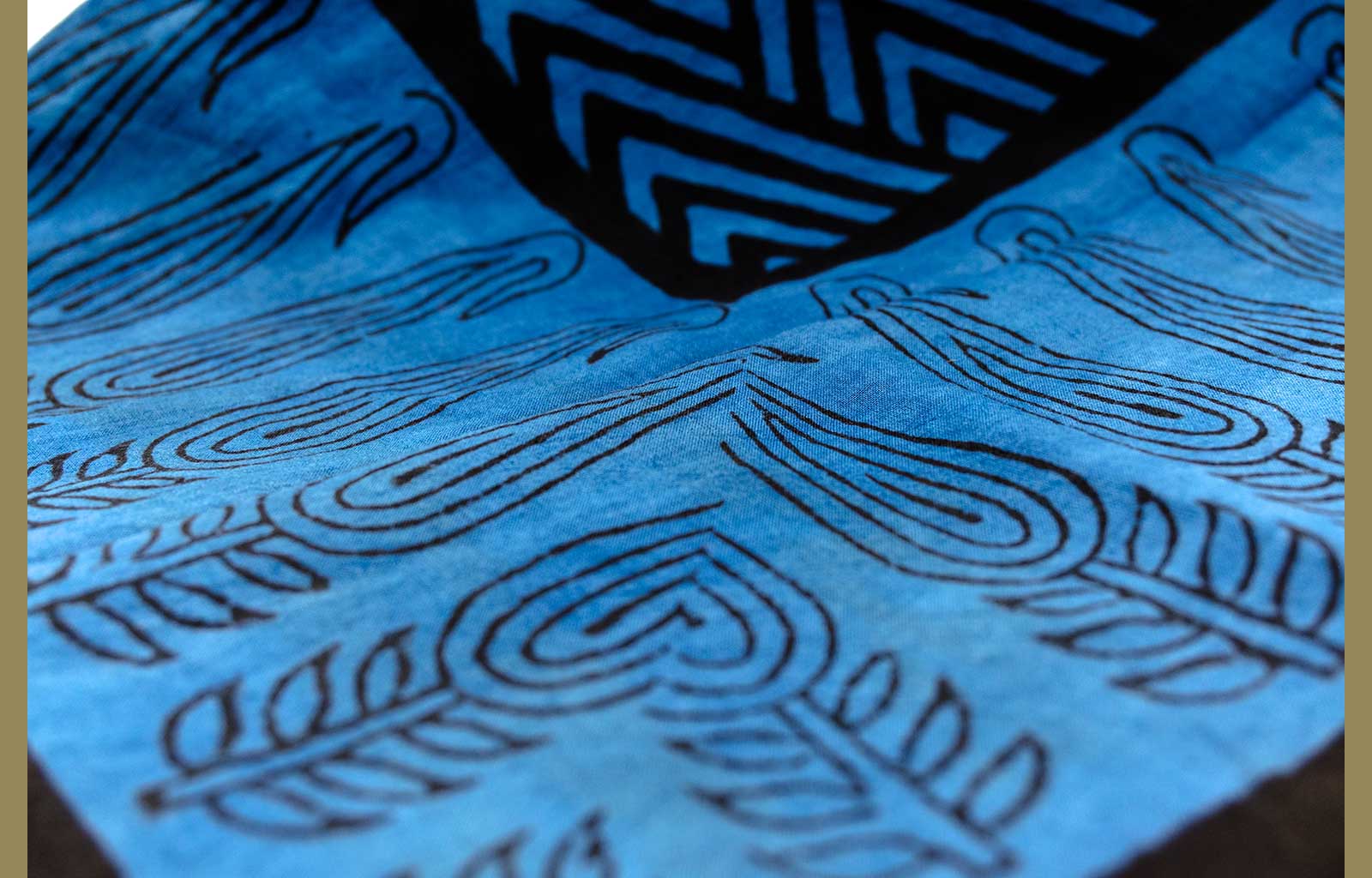Art Deco evolved out of early century fine art movements like Cubism, Constructivism and Futurism. These all reached for something new. They were all utopian in concept but often dystopian in practice with political overtones that meant they never got much beyond small audiences of artists and intellectuals.
In contrast, Art Deco was thrillingly popular and must have looked wonderful in contrast to the shabby lives of war torn Europe. The style had symmetry and enough simplicity to remind audiences of the similarities to beloved Neoclassical styles. The secret to its popularity was to be both familiar and new at the same time. Here was a truly international style of design embraced globally in countries as diverse as Australia and Cuba. Period designs practically vibrate with optimism and confidence.
The structure of Art Deco is founded on the math of geometric shapes. Symbolically, Deco expressed beliefs in scientific progress, cross-border commerce, new technology, transportation and speed that pushed decorative arts forward at every price level. These designs hadwith dramatically stepped, radiating styles, geometrics, sunbursts. smooth lines and glamorous finishes.
The ideas behind Deco came together in 1925 at the Exposition Internationale des Arts Décoratifs Industriels et Modernes. The exhibition was held in Paris after the close of World War I and seen by over 16 million visitors. It brought together thousands of designs and promoted France's ambition to establish the pre-eminence of French taste and preferences for their luxury goods.






